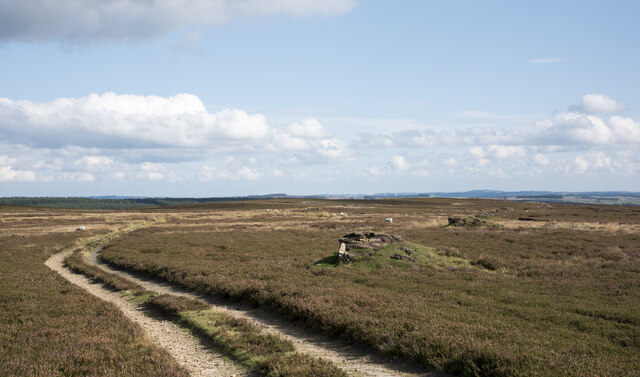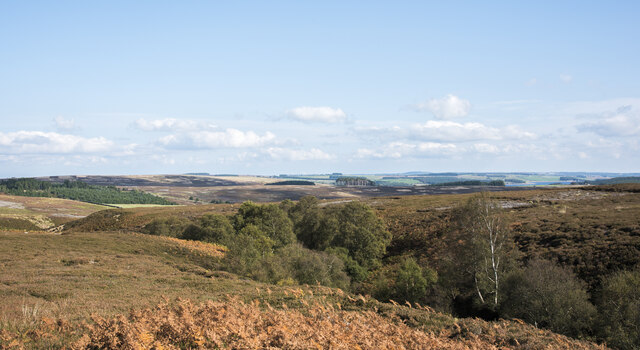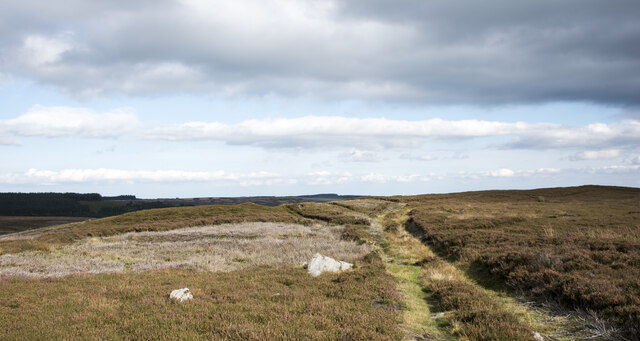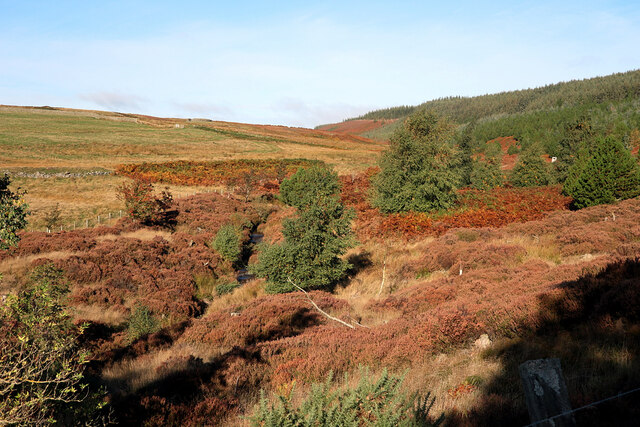Slatequarry Cleugh
Valley in Northumberland
England
Slatequarry Cleugh
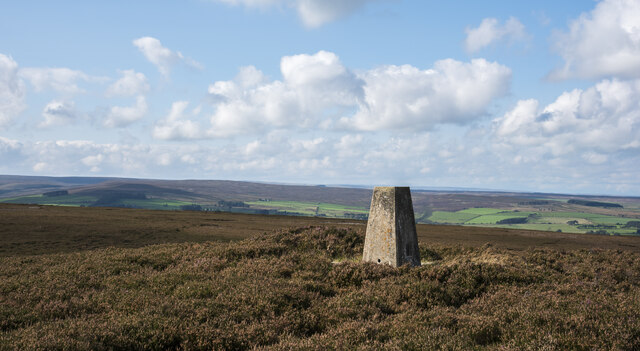
Slatequarry Cleugh is a picturesque valley located in Northumberland, England. Nestled within the North Pennines Area of Outstanding Natural Beauty, this enchanting landscape offers visitors a glimpse into the region's rich industrial history and stunning natural beauty.
The cleugh, or valley, gets its name from the slate quarry that was once the heart of the local economy. In the 19th century, slate mining was a significant industry in Northumberland, and Slatequarry Cleugh was one of the primary extraction sites. The remnants of the quarry can still be seen today, with old mining buildings and machinery scattered across the valley.
Nature enthusiasts will find themselves captivated by the breathtaking scenery of Slatequarry Cleugh. The valley is adorned with lush greenery, vibrant wildflowers, and the soothing sound of a nearby stream meandering through the landscape. This idyllic setting provides the perfect backdrop for hiking, birdwatching, or simply taking a leisurely stroll along the well-maintained footpaths.
For history buffs, Slatequarry Cleugh offers a fascinating insight into the area's industrial past. Interpretive signage throughout the valley provides information about the quarry's operations and the lives of the workers who toiled here. Visitors can explore the old mining buildings, marvel at the remnants of the machinery, and imagine the bustling activity that once filled these hills.
Slatequarry Cleugh is truly a hidden gem in Northumberland, offering a harmonious blend of history and natural beauty. Whether seeking adventure, tranquility, or a glimpse into the past, this valley is a must-visit destination for anyone exploring the region.
If you have any feedback on the listing, please let us know in the comments section below.
Slatequarry Cleugh Images
Images are sourced within 2km of 54.883914/-2.0602917 or Grid Reference NY9654. Thanks to Geograph Open Source API. All images are credited.
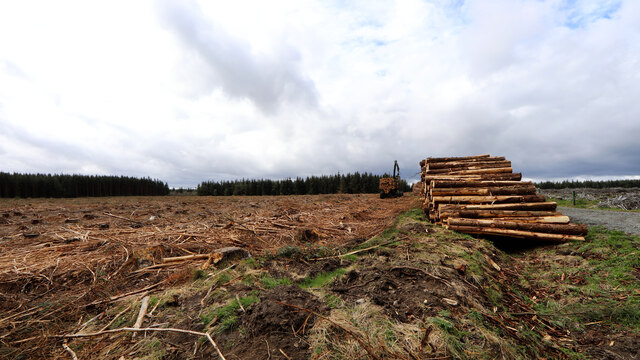
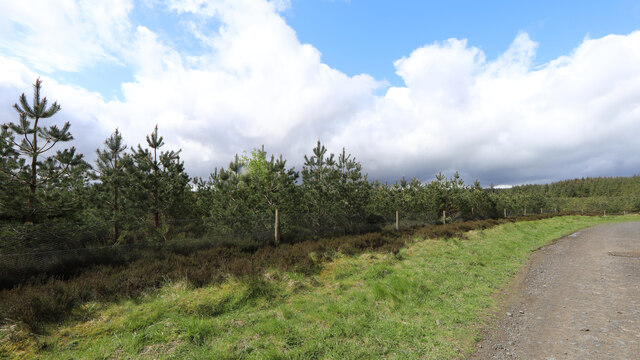
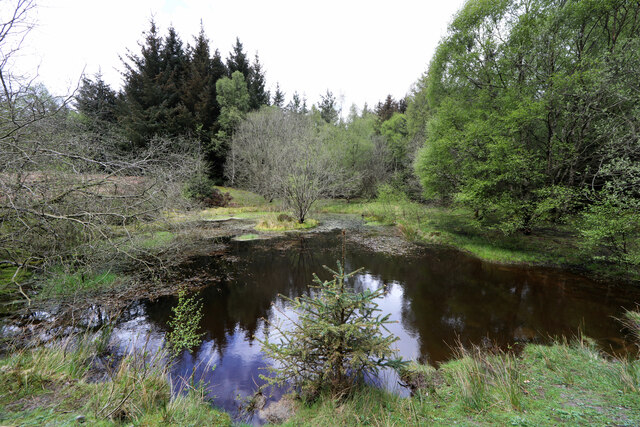
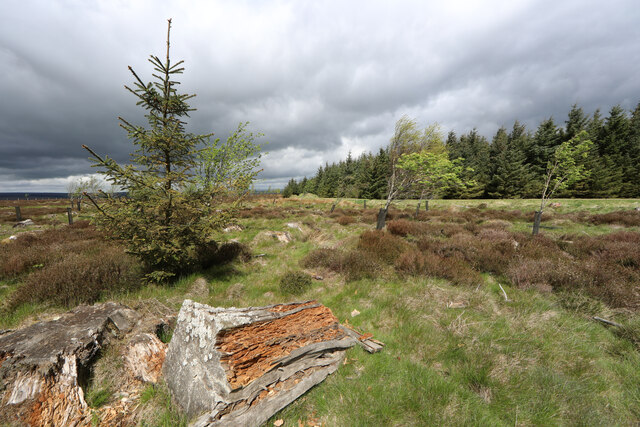
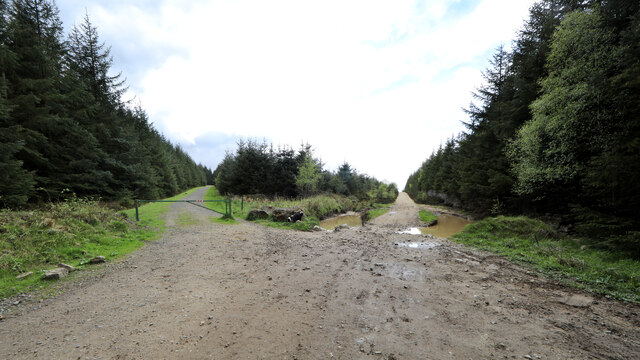
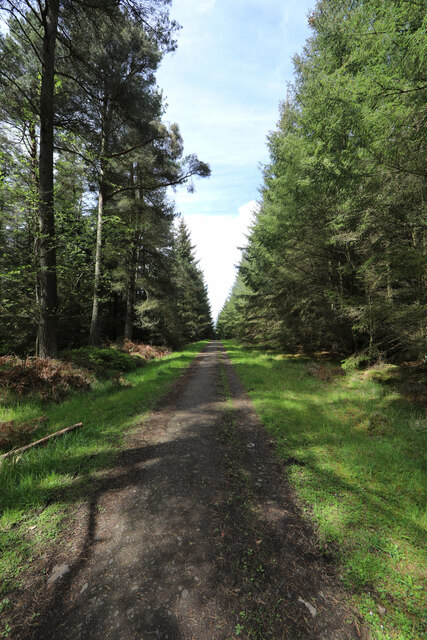
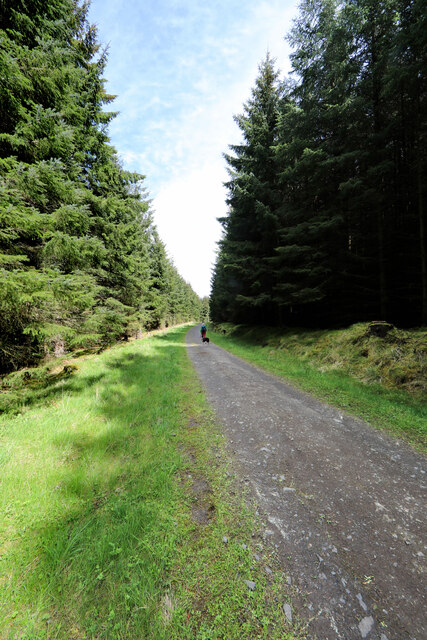
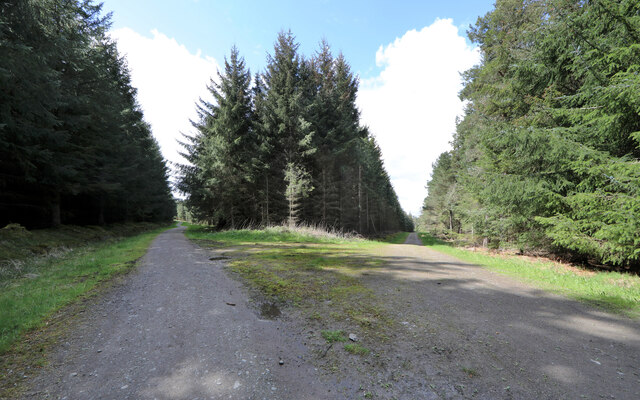
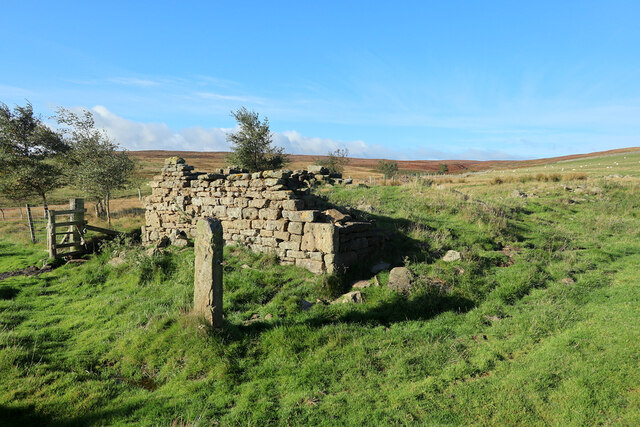
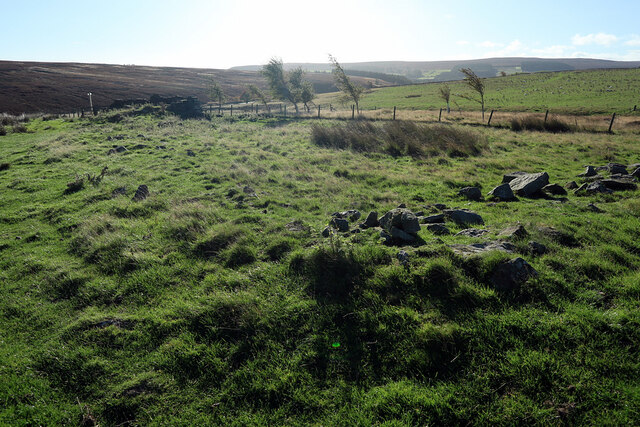
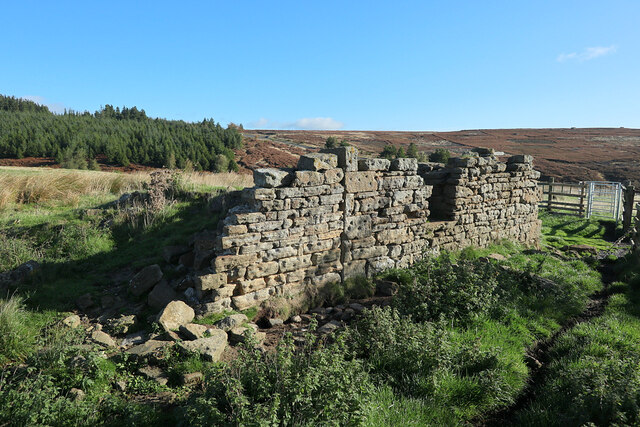
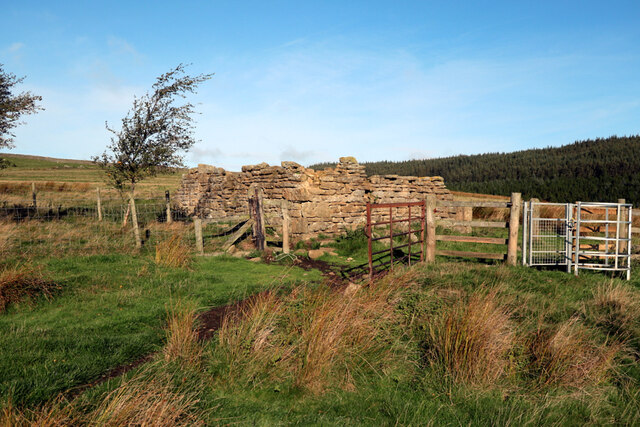
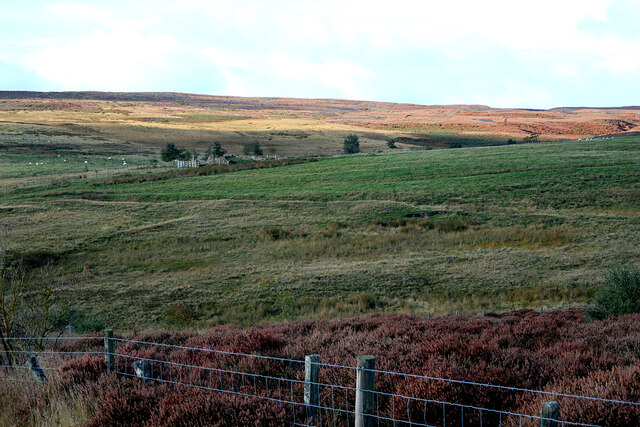
Slatequarry Cleugh is located at Grid Ref: NY9654 (Lat: 54.883914, Lng: -2.0602917)
Unitary Authority: Northumberland
Police Authority: Northumbria
What 3 Words
///appointed.housework.outraged. Near Slaley, Northumberland
Nearby Locations
Related Wikis
Colpitts Grange
Colpitts Grange is a hamlet in Northumberland, England. It is about 7 miles (11 km) to the south-east of Hexham. == Governance == Colpitts Grange is in...
Slaley Hall
Slaley Hall is a country house golf resort in Northumberland in North East England, built by local developers Seamus O'Carroll and John Rourke which hosted...
Slaley, Northumberland
Slaley is a village in Northumberland, England. It is situated to the southeast of Hexham. It is surrounded by the following villages: Ruffside, Whitley...
Blanchland Abbey
Blanchland Abbey at Blanchland, in the English county of Northumberland, was founded as a premonstratensian priory in 1165 by Walter de Bolbec II, and...
Nearby Amenities
Located within 500m of 54.883914,-2.0602917Have you been to Slatequarry Cleugh?
Leave your review of Slatequarry Cleugh below (or comments, questions and feedback).
